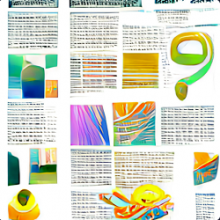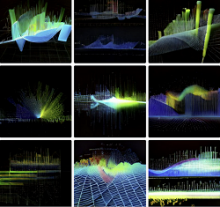4 reasons why to use visualization grammar with examples
There are many reasons why a visualization grammar can be useful when creating visualizations. Here are three reasons why you might choose to use a visualization grammar, along with examples that illustrate each reason. For these examples, we use altair and json Pythn libaries, which can be imported as follows:
import altair as alt import json
Altair gives a consistent interface to the Vega-Lite grammar. You can install it with:
pip install altair vega vega_datasets
Here are 3 reasons why to use graphical grammars:



